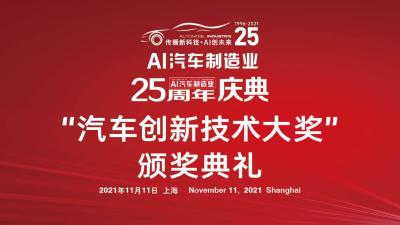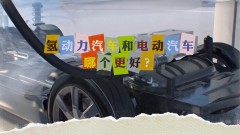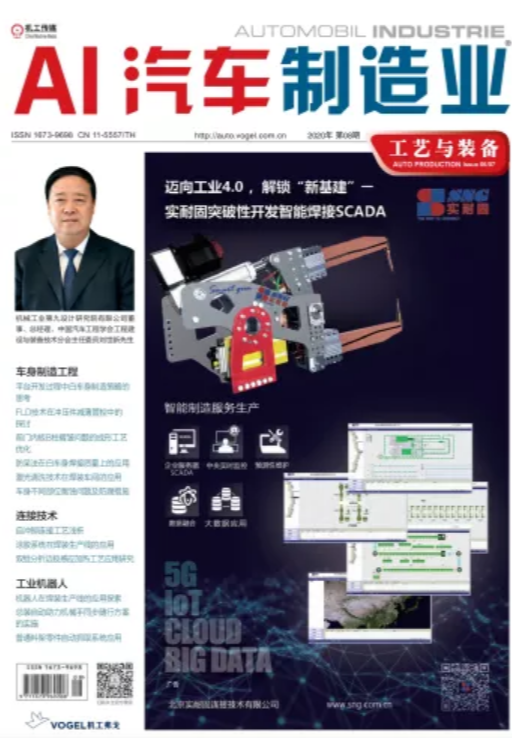2012(第五届)国际汽车技术年会演讲人介绍-陈无畏教授

陈无畏教授
Prof. Chen Wuwei
汽车底盘电子与集成控制技术的工程实现与未来发展
Engineering Application and Future Development of Vehicle Chassis Electronic and Integrated Control Technology
合肥工业大学机械与汽车学院
Hefei University of Technology
演讲人介绍Speaker Introduction
1975-1978年在合肥工业大学农机专业学习;1980-1983年在武汉理工大学汽拖专业学习,获硕士学位;1997-1999年在中科院安徽光机所学习,获博士学位。1993-1996年在安徽工学院任副教授;1997年至今在合肥工业大学车辆工程专业任教授,博士生导师。
1975-1978 B.Eng. in Mechanical Engineering, Hefei University of Technology, Hefei, China
1980-1983 M.Eng. in Vehicle Engineering, Wuhan University of Technology, Wuhan, China
1997-1999 D.Sc in Optics, Anhui Institute of Optics and Fine
Machinery, Chinese Academy of Sciences, Hefei, China
1993-1996 Associate Professor, Anhui Institute of Technology, Hefei, China
1997-now Professor, Hefei University of Technology, Hefei, China
科研成果 Achievements in Scientific Research
主要研究方向为汽车动力学与底盘控制;汽车NVH及控制;智能交通与智能车辆。主持了国家自然科学基金项目、国家高技术研究发展计划项目、省部级项目等近20项,发表学术论文150余篇,获省部级科技奖励多项,获发明专利多项。
The main research field is vehicle dynamics and chassis control, automotive NVH and control, intelligent transportation and intelligent vehicle. By now, presided over nearly 20 projects of the National Natural Science Fund Projects, the National High Technology Research and Development Projects, and the Provincial and Ministerial Projects. Published over 150 papers, and won a number of the provincial science and technology awards, and the invention patents.
演讲摘要Abstract of Speech
汽车底盘多个电控子系统集成控制是目前汽车电子控制的研究热点,主要是在现有的悬架、驱动/制动和转向等功能相对独立的电控系统传感器、控制单元和执行器基础上,从全面协调整车乘坐舒适性、操纵稳定性及行驶安全性等性能角度出发,实施对多个电控子系统的综合控制。由于汽车底盘中的制动防抱死(ABS)、主动悬架(ASS)、电动助力转向(EPS)、汽车稳定控制(VSC)及驱动防滑(ASR)等电控子系统仅是从单一的控制功能进行设计,难以实现不同道路和行驶环境下整车性能的综合优化。因此集成上述多电控子系统的汽车底盘集成控制,不仅能减少汽车上的传感器和执行器数目、结构紧凑简单、重量轻等,更重要的是可深入挖掘并提升汽车的综合性能,这也是未来底盘电子与控制技术的发展趋势。在汽车底盘集成控制研究和产品开发中,主要有:
底盘各子系统的耦合关系及整车动力学建模:底盘各子系统动力学耦合关系及主要控制目标不一致,易导致其功能冲突、重叠或相互影响;传感器及执行器数量多,各子系统间信息共享差,控制目标缺乏全局性。需对整个系统的耦合关系进行分析,避免各子系统间的相互冲突与干扰。
底盘系统的解耦与解耦控制:对于多个子系统的耦合作用,需采取如下措施:选择变量配对来减小耦合;调整控制器参数来改变耦合影响程度;通过减小控制回路来减小耦合影响;添加解耦装置来消除耦合等。
底盘系统集成控制技术的工程应用:现已应用或即将得到应用的有很多,如ABS/ASR,ABS/VSC,ABS/ASR/DYC集成控制器等。
未来发展趋势:更先进的电子化、智能化、网络化,主被动一体化安全集成控制等。
The integrated control of multiple vehicle chassis electronic control subsystems is one research hot issue in vehicle electronic control. It is mainly based on the sensors, control units and actuators of the existing electronic controlled suspension, driving, braking, steering and other subsystems which functions are relatively independent. From the perspective of overall coordination of the vehicle ride comfort, handling stability, driving safety and other performance, the integrated control of multiple electronic control subsystem is implemented. As the anti-lock braking system (ABS), active suspension system (ASS), electric power steering (EPS), vehicle stability control (VSC) and acceleration slip regulation (ASR) and other electronic control subsystems are only designed from a single control function, so under different road and driving environment, the comprehensive optimization of vehicle performance is difficult to be achieved. But yet, the chassis integrated control with the integration of the multiple electronic control subsystems, can not only reduce the number of sensors and actuators in the vehicle, keep compact and simple structure and light weight, and more important matter is to dig and enhance the vehicle overall performance. This is also the development trend of the future chassis electronic and control technology. In the vehicle chassis integrated control research and product development, the main aspects are as follows:
The coupling relationship of chassis subsystems and vehicle dynamic models
When the dynamics coupling relationship and main control objective of the chassis subsystems are inconsistent, it easily leads to its function conflict, overlap or influence each other, and an increase in the number of sensors and actuators, poor information sharing between the various subsystems, and the lack of overall control objectives. In order to avoid the mutual conflict and interference between various subsystems, the coupling relationship analysis of the entire system is needed.
The decoupling and decoupling control of the chassis system
For the coupling effect of the multiple subsystems, the following measures need to be taken, such as, selecting variable pairs to reduce coupling, adjusting the controller parameters to change the coupling degree of influence, reducing the control loop to reduce coupling effect, and adding decoupling devices to eliminate the coupling, etc.
Engineering applications of the chassis integrated control technology
Now, a lot of applications has been or will be implemented, such as the integrated controller of ABS/ASR, ABS/VSC, ABS/ASR/DYC, and so on.
Future trend
Advanced electronic, intelligent, network, integrated control of integrated passive and active safety.















获取更多评论